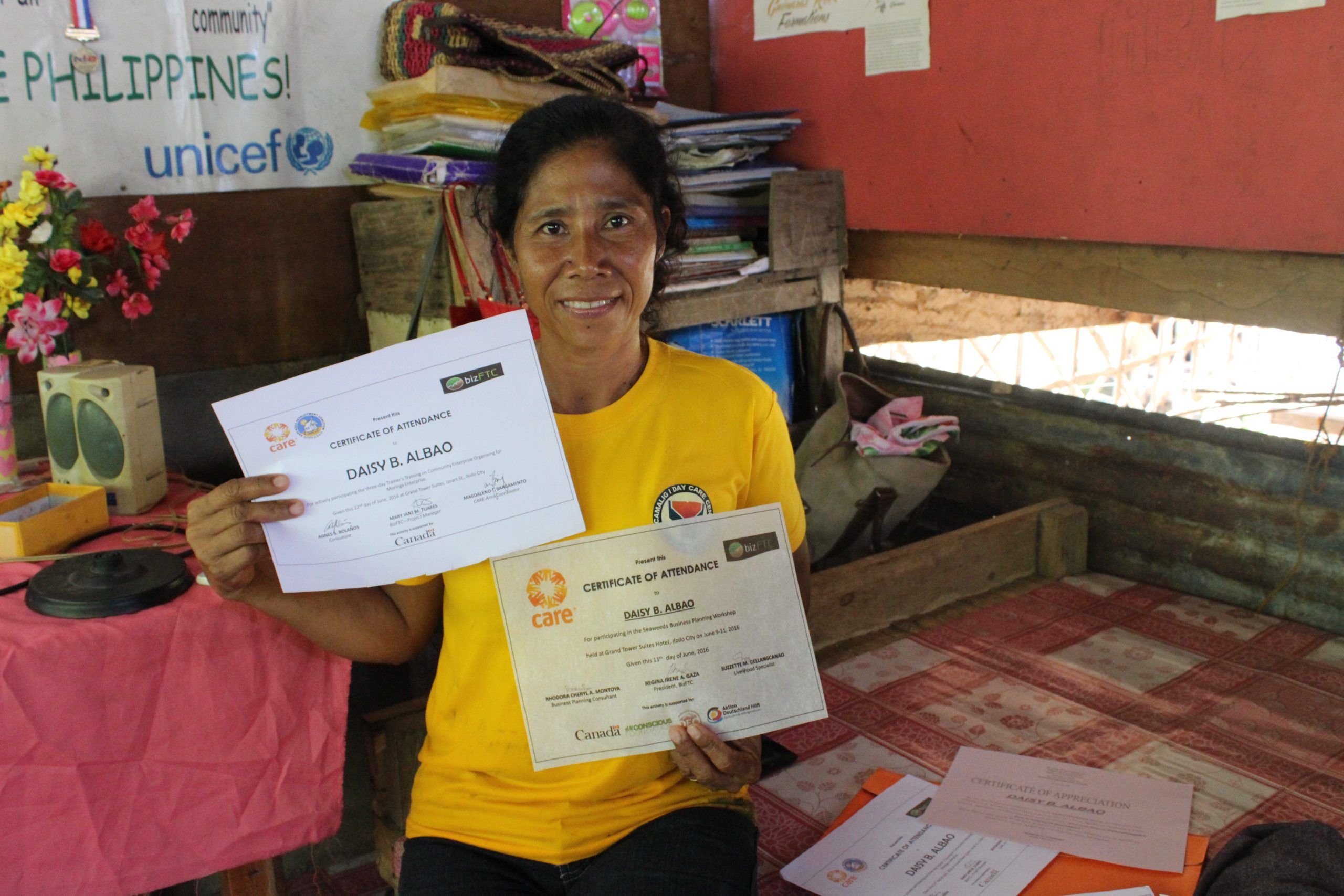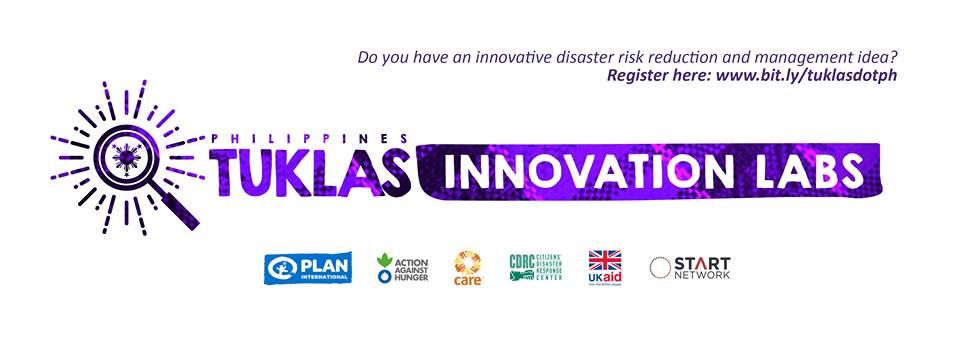Graciana’s State of Grace: A Continuous Story of Resilience
Story by: Kristine Mae Vicedo (Gender Specialist, CARE Philippines)
Calling Graciana Lauron “strong” is probably an understatement. To grasp the depth of this 73-year old cassava farmer’s strength, one must hear her astonishing story of survival and recovery, proven several times over throughout her life.
Graciana has always dreamt of becoming a mother, but due to a cyst in her ovary, she could not have children of her own. This, however, did not stop her from building a happy family. She and her husband adopted children of distant relatives, and godchildren from impoverished friends. Soon their family of two grew into a family of 12, after they took 10 children under their wing.
Graciana and her husband have always been cassava farmers and hog raisers. They tirelessly worked together to earn a decent living for their 10 children. They also engaged their children in cassava farming; they made cassava farming a family-bonding activity.
Graciana’s husband then passed away, leaving her and some of their children to tend to the farm. At this time, some of Graciana’s children already have families of their own, and are cassava farmers themselves. Graciana was devastated with the loss, but her children kept her going. She needed to be strong for the children who are still under her care. Consequently, the older children also gave her support in farming activities.
Challenges kept rolling down Graciana’s way as she was diagnosed with ovarian cancer. Although scared of what was about to happen, Graciana kept the faith, and carried on with life — doubling farming efforts to finance her medication. By a stroke of miracle, and through her family’s combined efforts, she was eventually declared cancer-free.
Graciana thought that the worst had passed until the year 2013 came. Typhoon Haiyan wreaked havoc in the Visayas region, heavily affecting Graciana’s house and farm. Her animals were also not spared by the super typhoon. Like most Filipinos in the eastern Visayas, Graciana was left economically-devastated by thetyphoon. With her source of income destroyed, Graciana’s future was looking bleak.
Being the fighter that she is, Graciana trudged on, and searched for ways on how to get back on her feet. She became a part of Canfabi Farmer’s Association (CANFABI), and was chosen as one of the farmer-entrepreneurs of CARE’s Typhoon Haiyan Reconstruction Assistance (THRA) project which is financially supported by the Government of Canada through the Global Affairs Canada.
She relates that CARE’s THRA project has allowed her to improve her farming skills through trainings on good agricultural practices. She also takes pride in her extended role: from being merely a planter and harvester, she has become a chipper and dryer. By being a cassava chipper and dryer, she is able to sell her cassava harvest at a higher price. Her income per harvest has doubled from Php 7,000 (pre-Haiyan) to Php 16,000 at present. Apart from this, she also continues to raise livestock.
She also proudly shares that her farm is risk-resilient, as she religiously follows disaster risk reduction measures in cassava farming, stressing the importance of planting the cassava vertically, rather than the traditional manner of planting it horizontally. She explains that vertical planting allows the crop to develop stronger roots that are more resilient to flooding and soil erosion. She is proud to share that because of the new learnings she has acquired from CARE THRA-sponsored trainings, her farm has withstood other typhoons following Yolanda, with minimal to no damage at all.
At 73 years old, Graciana remains active, and still excited at the prospects of developing her cassava farm. No matter what comes, Graciana is sure she can survive, as decades of challenges has taught her how to bounce back and use her learnings to her advantage. She is proud and confident that just like her, her cassava enterprise is not just strong, but is as resilient as can ever be.
















 Cassava is a woody shrub extensively cultivated as an annual crop in tropical countries such as the Philippines. Its edible starchy tuberous root is a good source of carbohydrates and considered a major staple food in developing countries.
Cassava is a woody shrub extensively cultivated as an annual crop in tropical countries such as the Philippines. Its edible starchy tuberous root is a good source of carbohydrates and considered a major staple food in developing countries.
